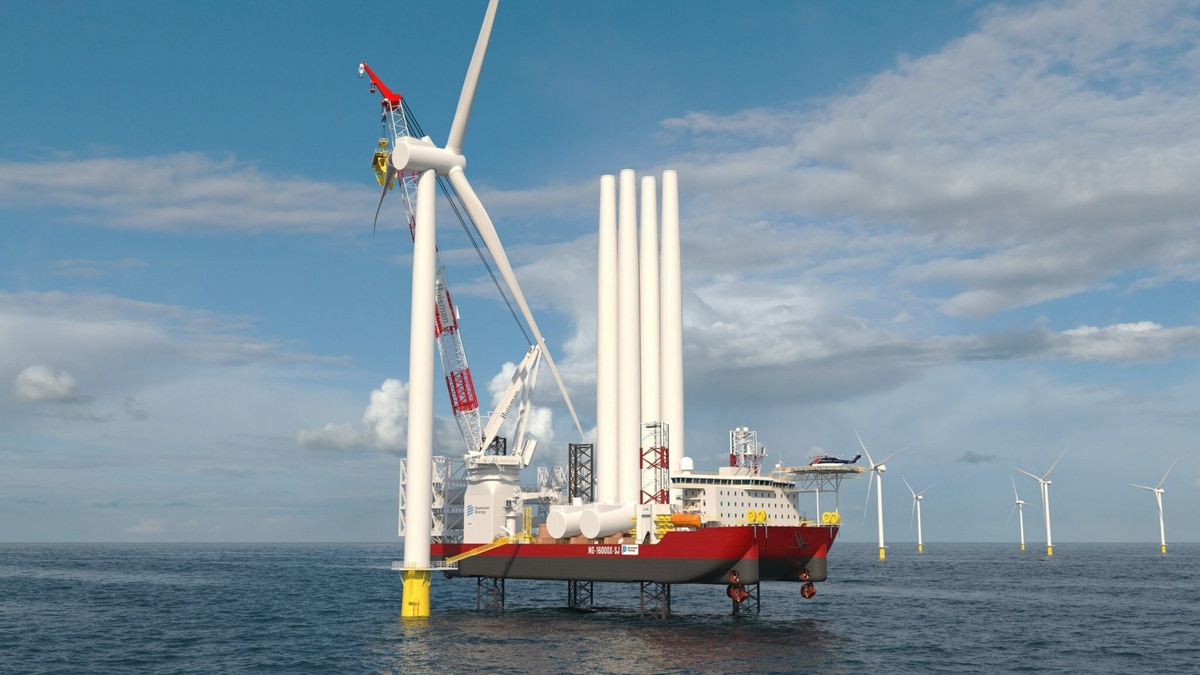First U.S. Offshore Wind Vessel Launches Amid Industry Challenges

The Charybdis, the first American-made offshore wind installation vessel, has officially arrived at Portsmouth Marine Terminal in Virginia. This $715 million ship is poised to begin its operations next month at the Coastal Virginia Offshore Wind project, the largest marine wind farm in the country. Its arrival comes at a critical time as the Trump administration seeks to impose restrictions on the burgeoning offshore wind industry.
Significance of the Charybdis Arrival
The Charybdis represents a pivotal moment for the U.S. offshore wind sector, both logistically and symbolically. For years, the industry has grappled with a severe shortage of installation vessels, which has hindered progress and increased costs. The situation is particularly dire in the United States due to a 1920s-era maritime law that restricts foreign-flagged vessels from accessing American ports. This regulation has forced developers to navigate a complex system where components are delivered to the U.S., assembled onshore, and then transported to project sites via barges. This method not only raises expenses but also extends construction timelines, complicating the development of renewable energy projects.
The introduction of the Charybdis is expected to alleviate some of these logistical challenges. By providing a dedicated installation vessel, the project aims to streamline operations and enhance efficiency in erecting wind turbines. As the U.S. seeks to expand its renewable energy portfolio, the successful deployment of the Charybdis could serve as a catalyst for future investments in offshore wind technology.
Industry Under Pressure
Despite the promise that the Charybdis brings, the offshore wind industry faces significant headwinds. The Trump administration’s recent moves to curtail support for renewable energy initiatives have raised concerns among stakeholders. Many fear that these actions could stifle growth and innovation in a sector that is crucial for achieving national energy goals and combating climate change.
As the Charybdis prepares to set sail, the industry remains vigilant, advocating for policies that support the development of clean energy sources. The successful operation of this vessel could not only bolster the Coastal Virginia Offshore Wind project but also signal a turning point for the U.S. offshore wind industry as it navigates through turbulent political waters.
